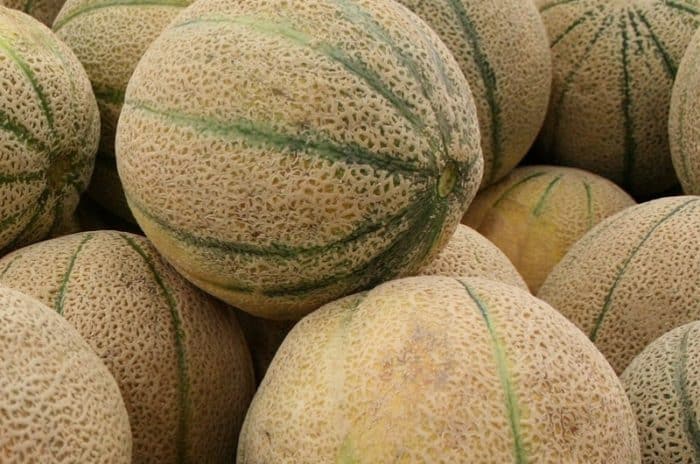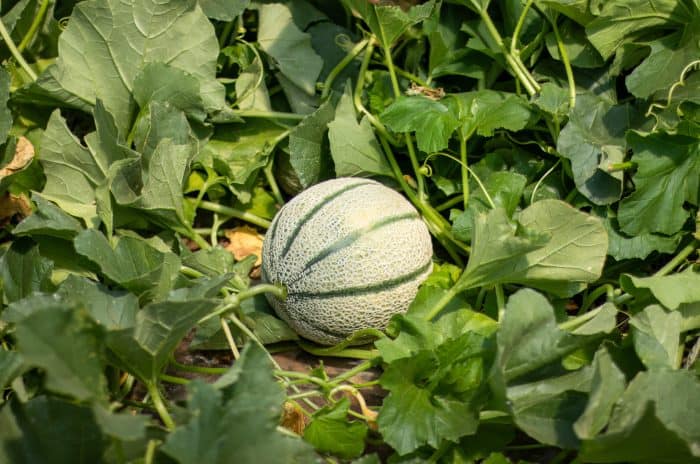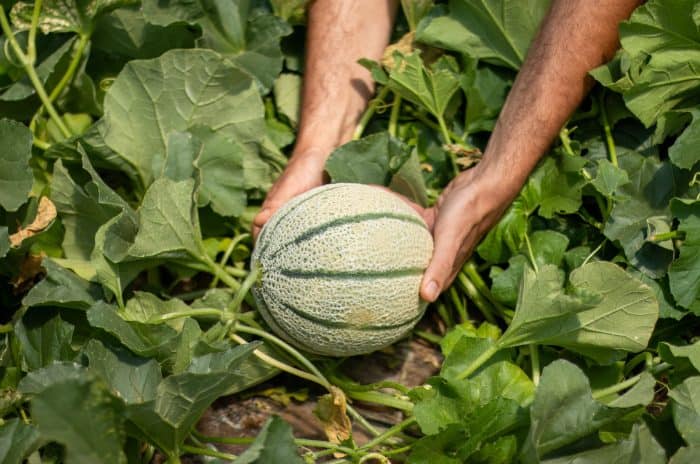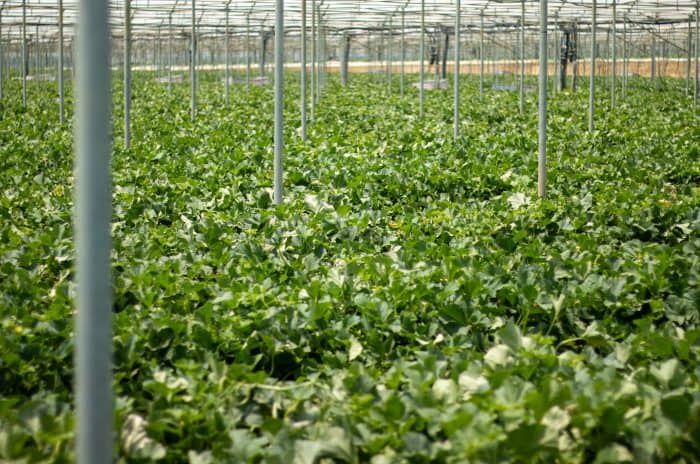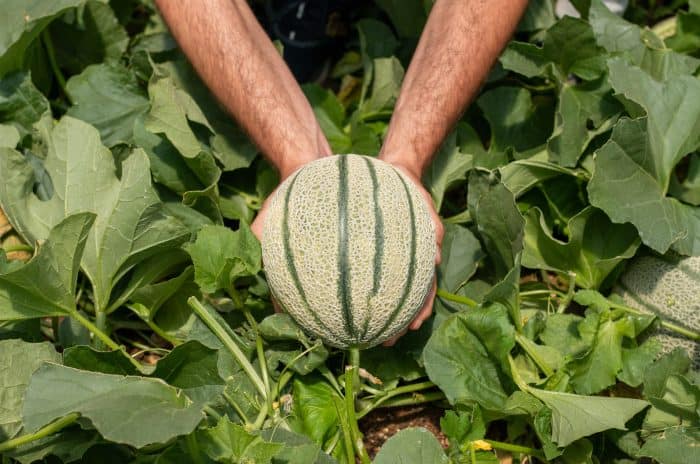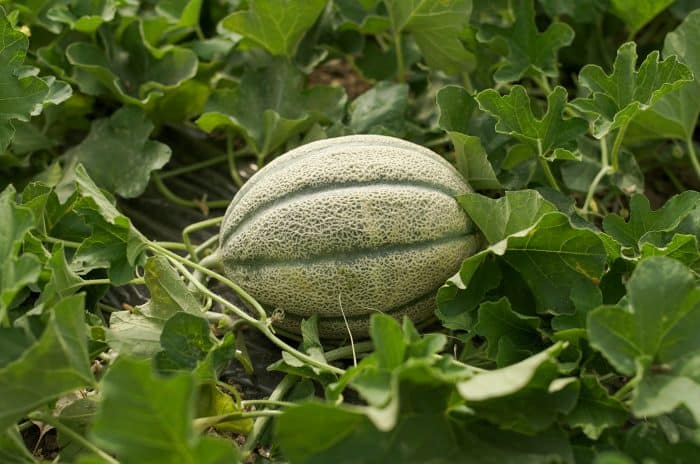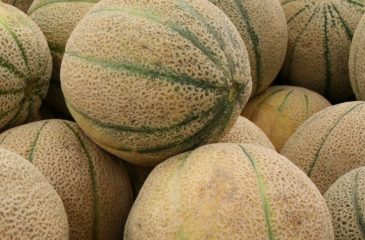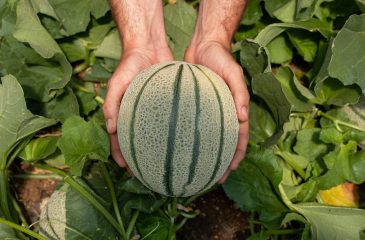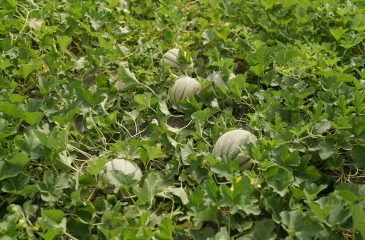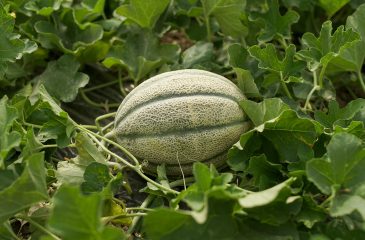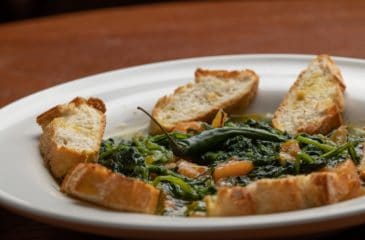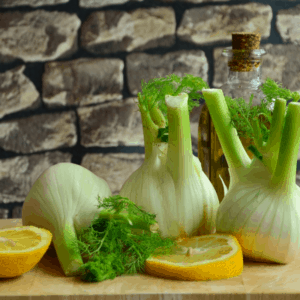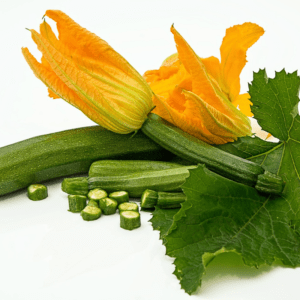A melon is any of various plants of the family Cucurbitaceae with sweet, edible, and fleshy fruit. The word “melon” can refer to either the plant or specifically to the fruit. Botanically, a melon is a kind of berry, specifically a “pepo”. The herbaceous plant (Cucumis melo) with a flexible stem, creeping or climbing, of the cucurbit family, the same as the watermelon and cucumbers.
It has a rounded or ovoid shape, smooth, smooth-ribbed or reticulated skin, sweet, juicy and fragrant pulp, varying in colour from orange, in the summer varieties, to white-yellow, to green in the winter varieties and with many flat seeds in the central part.
60% of world production is from Asia, the continent from which the plant originates. From Asia, it spread first to India and China and then to the Mediterranean. The presence in Italy dates back at least to Roman times, attested by some fresco paintings found in the excavations of the Roman town of Herculaneum. In Europe, the largest producers are Spain, Romania, France and Italy (especially in Mantua and in Pachino, Sicily).
Some of the most popular types of melon are:
- Cantaloupe;
- Muskmelons;
- Sardinian melons;
- Green;
- Yellow;
- Honeydew.
All are refreshingly delicious as starters, especially the classic Italian summer antipasto of prosciutto e melone, prosciutto with melon. One of the most memorable desserts is simply melon in season, served in a half, filled with sweet fragrant tiny small strawberries.
Melons are made into a creamy liqueur, as well as gelato and sorbetto, and make fragrant, sweet smoothies. They are also used in cosmetics.
Melons are low in sodium, and very low in saturated fat and cholesterol. They are a good source of dietary fibre, vitamin K, potassium, and copper, and a very good source of vitamin C and vitamin B6. Rich with water, they are utterly refreshing in the heat of a Mediterranean summer, which is when they ripen.

